The mobile phones industry in 2025 is more competitive than ever. With dozens of global brands fighting for market share, only a few managed to stand out for innovation, performance, design, and value for money.
With premium designs, groundbreaking AI features, pro-level cameras, ecosystem integration, and blazingly fast processors, smartphone brands are doing everything to attract and retain customers.
In this article, we’ll rank 10 major smartphone brands from worst to best based on market share, performance, build quality, software support, ecosystem, pricing, product diversity, and brand-specific innovations.
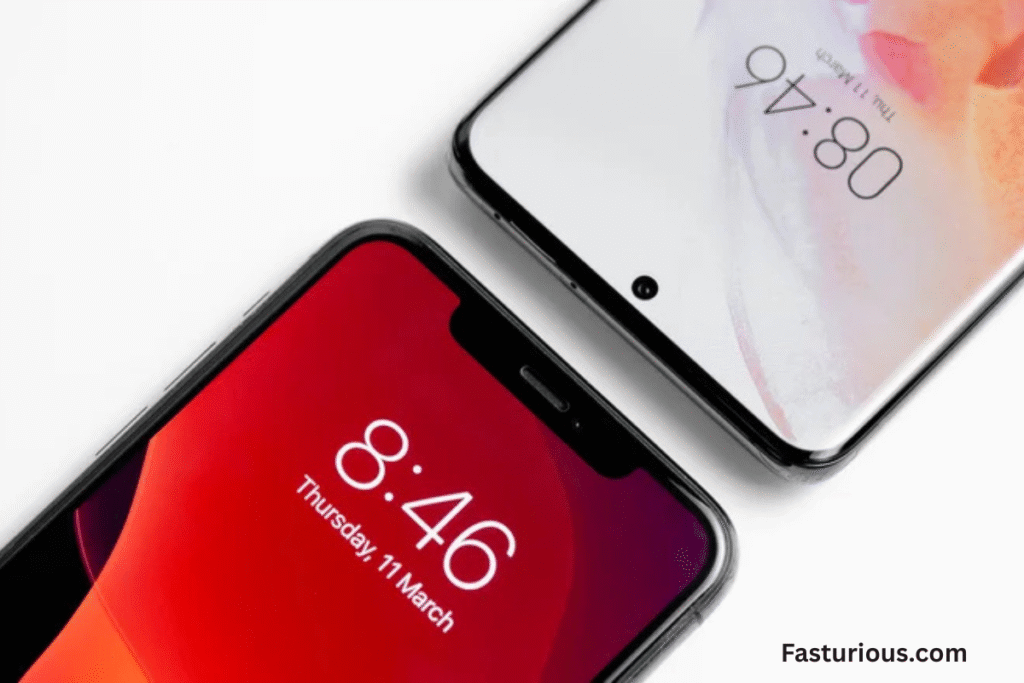
1. Realme
Founded in 2018, Realme has become one of the fastest-growing smartphone brands. Realme balances high-end features with budget-friendly pricing.
Latest flagship: GT 7Pro
- 120Hz four-sided curved display, 6,500 nits
- Snapdragon 8 Elite processor
- 120W fast charging
Even budget options deliver excellent value. Rapid expansion in Asia and Europe.
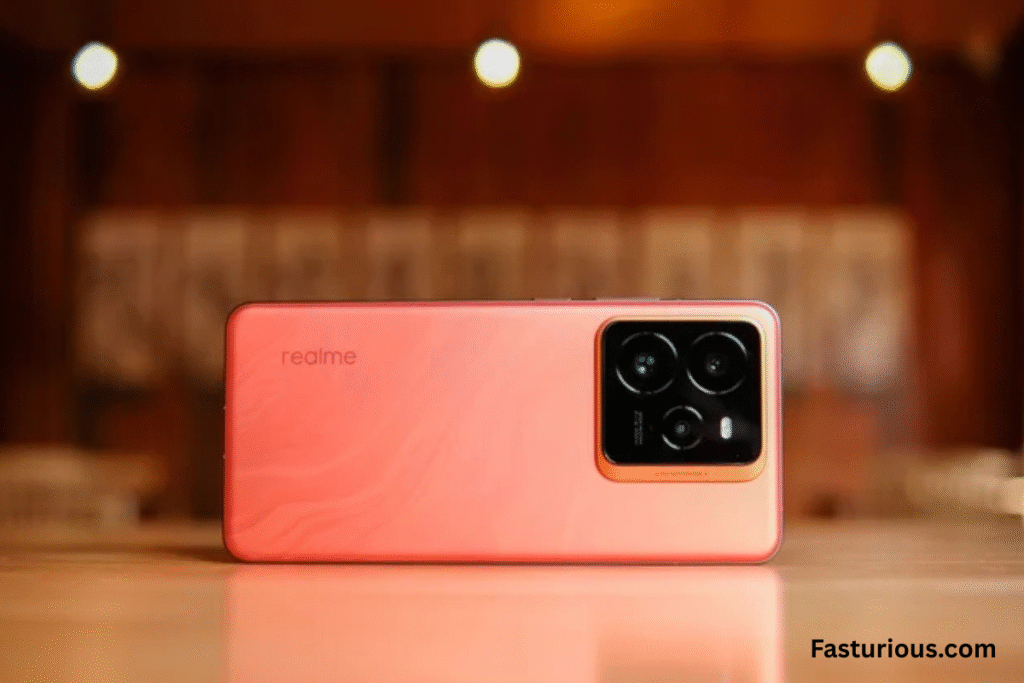
Highlight: Excellent value for money with high-end specs at affordable prices. Best for budget-conscious buyers seeking flagship performance.
2. Oppo
Oppo is known for camera tech and fast charging. Strong in Asia, expanding globally. 2025 market share: 8%.
Top-tier features:
- Vibrant displays
- VOOC Flash Charge
- 16GB RAM, Snapdragon 8 Elite
- Quad Main Camera (Find X7 Ultra), Penta-rear camera (Find X8 Ultra)
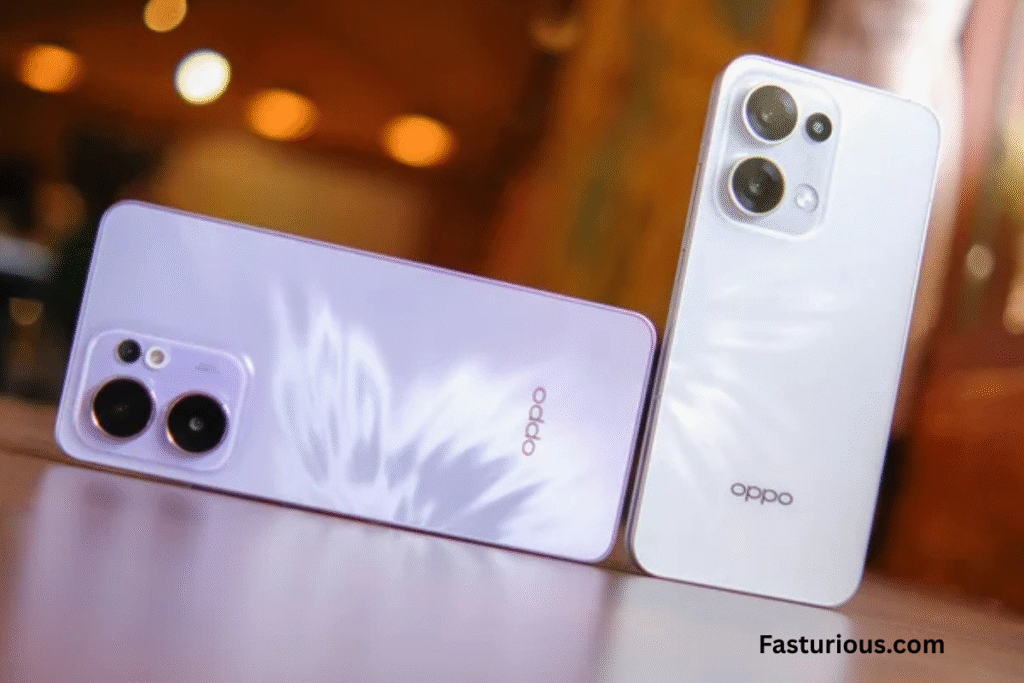
Pro Tip: Best for photography enthusiasts who want cutting-edge camera features and fast charging.
Limitation: Oppo has limited global presence, with low availability in U.S. markets.
3. Vivo
Vivo is popular in India and China, market share 9.2%.
Key series:
- X series: Premium, camera-focused
- V series: Stylish mid-range
- Y series: Budget/value
Features slim bezels and seamless in-display fingerprint sensors.
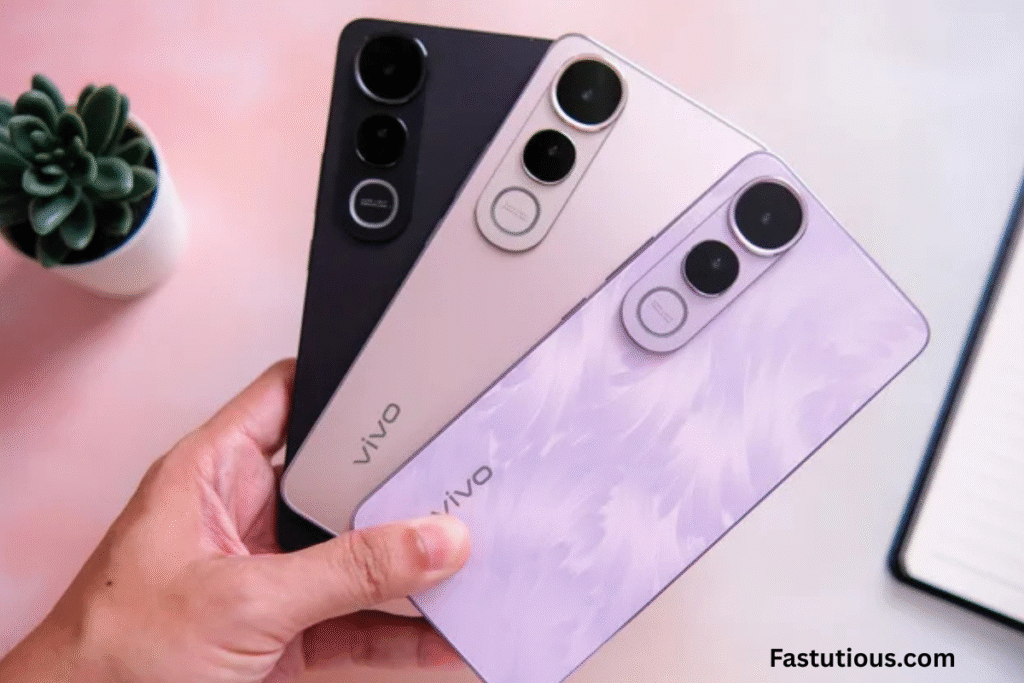
Highlight: Stylish designs with advanced photography options. Best for selfie and camera enthusiasts.
4. Xiaomi
Since 2011, Xiaomi is third-largest smartphone vendor, market share 14.4%.
- Strong in Asia, not sold in U.S.
- Wide range of Xiaomi & Redmi devices
- Affordable high-end features
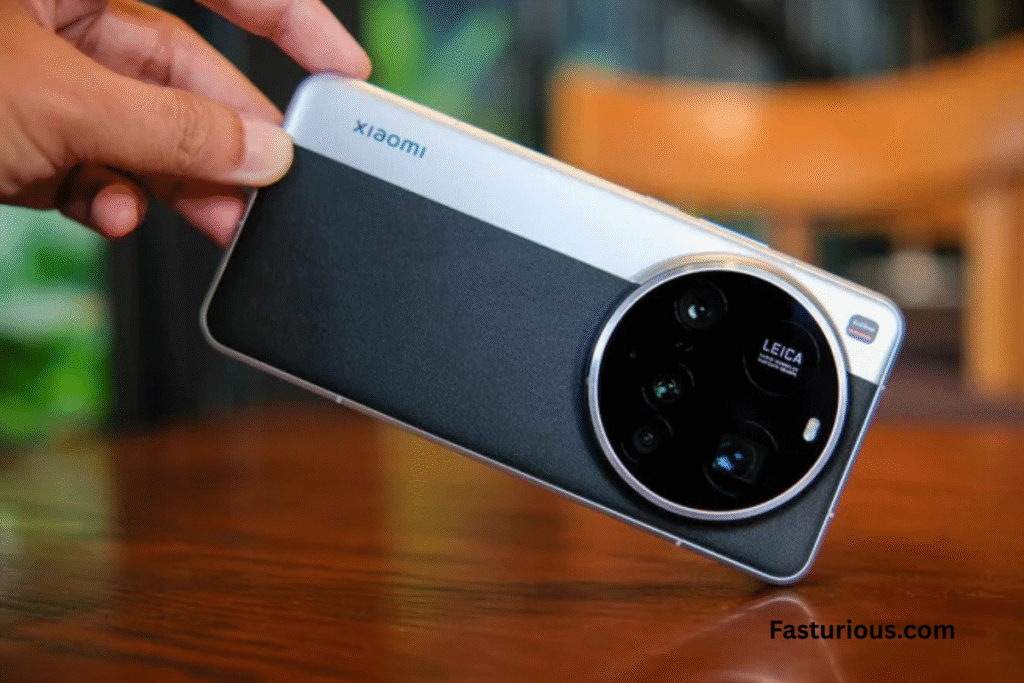
Best For: Value-first buyers wanting flagship performance without spending too much.
5. ASUS
ASUS – Zenfone & ROG series:
- Powerful processors
- Advanced cooling systems
- Compact, user-centric design
- AI features
Built for gaming and multitasking.
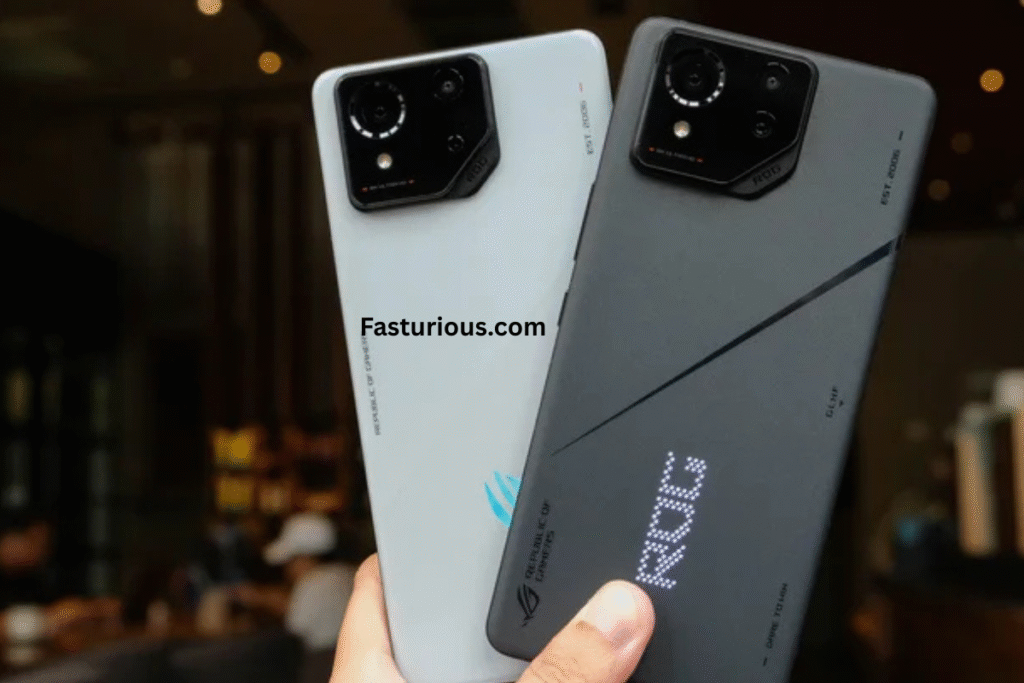
Highlight: Best for gamers and users who need high-performance devices with strong AI features.
5. Sony
Xperia lineup:
- Elegant glass/metal designs
- Creative-professional focus
- Optical zoom, camera button, OIS, expandable storage
- Excellent gaming with Snapdragon
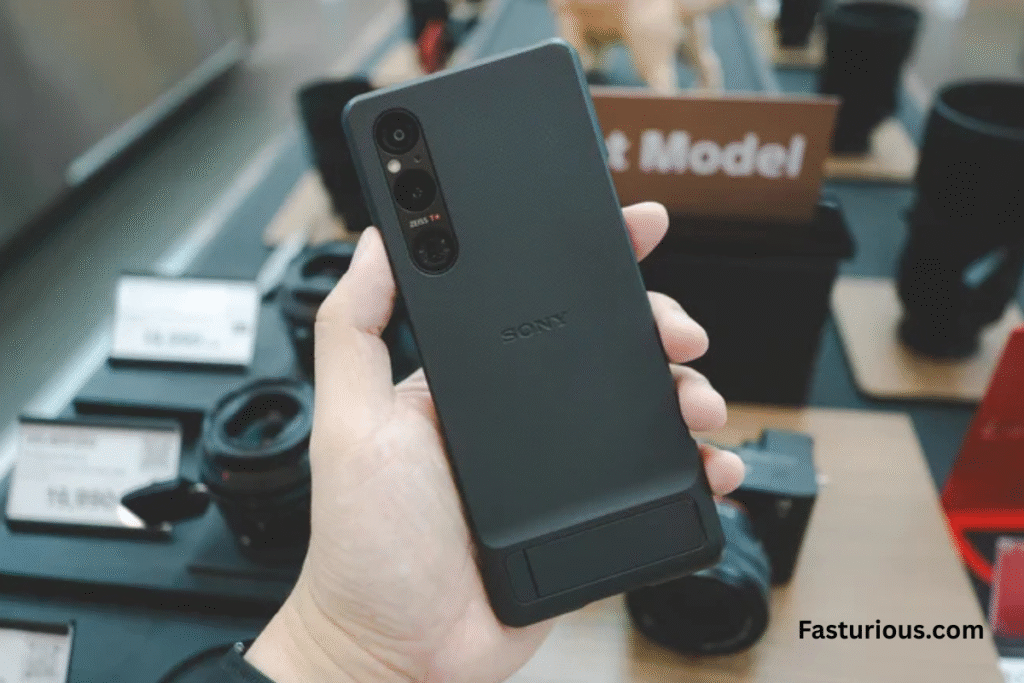
Pro Tip: Perfect for creative professionals or photography enthusiasts who value premium design and advanced camera tech.
7. OnePlus
Founded 2014:
- High-performance smartphones
- Premium materials & displays
- Aesthetic-focused
- Global availability
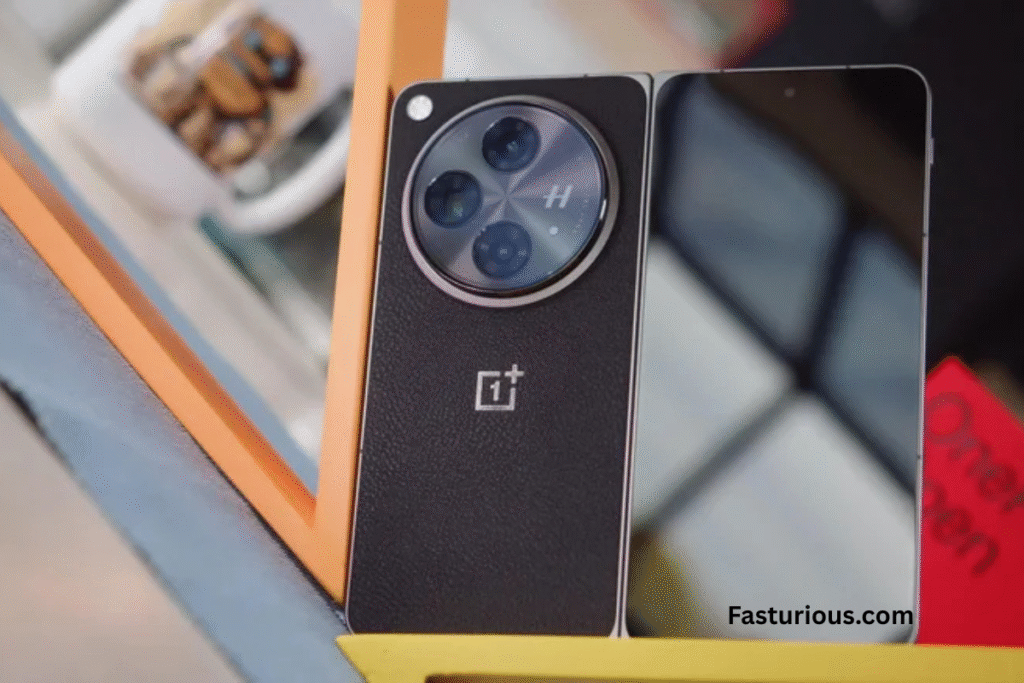
Highlight: Best for users who want high-performance devices with sleek design at competitive prices.
8. Google Pixel
Google Pixel:
- Pure Android experience
- AI-powered features
- Night Sight & Super Res Zoom for photography
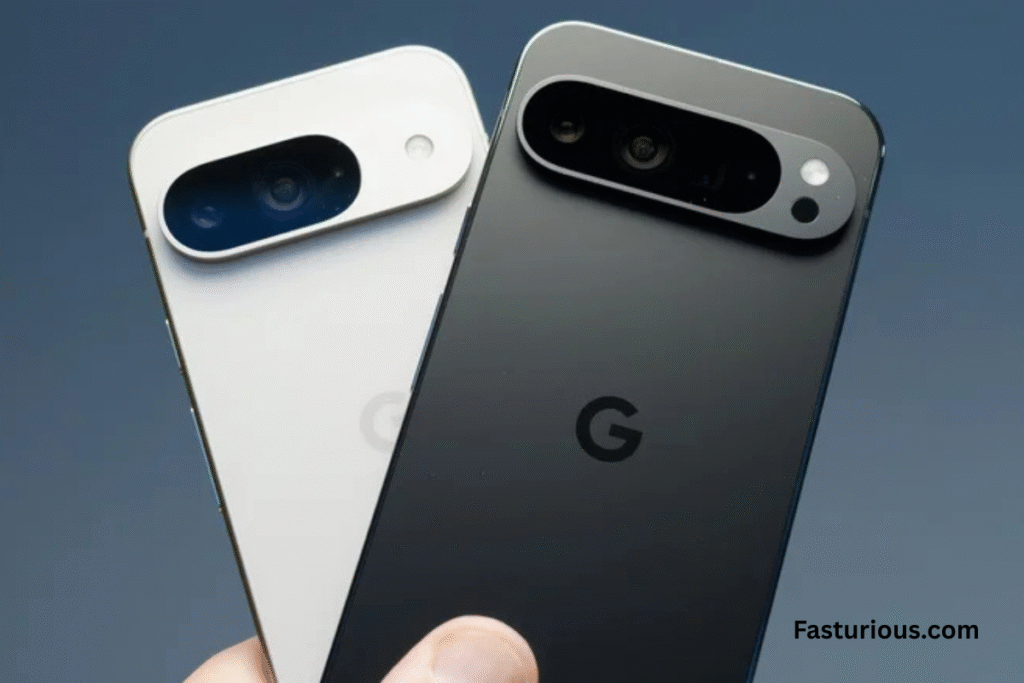
Highlight: Ideal for Android purists and users who value software optimization and advanced AI camera features.
9. Apple
Market share 15.7%.
- Premium ecosystem
- Hardware + iOS integration
- Long-term software updates
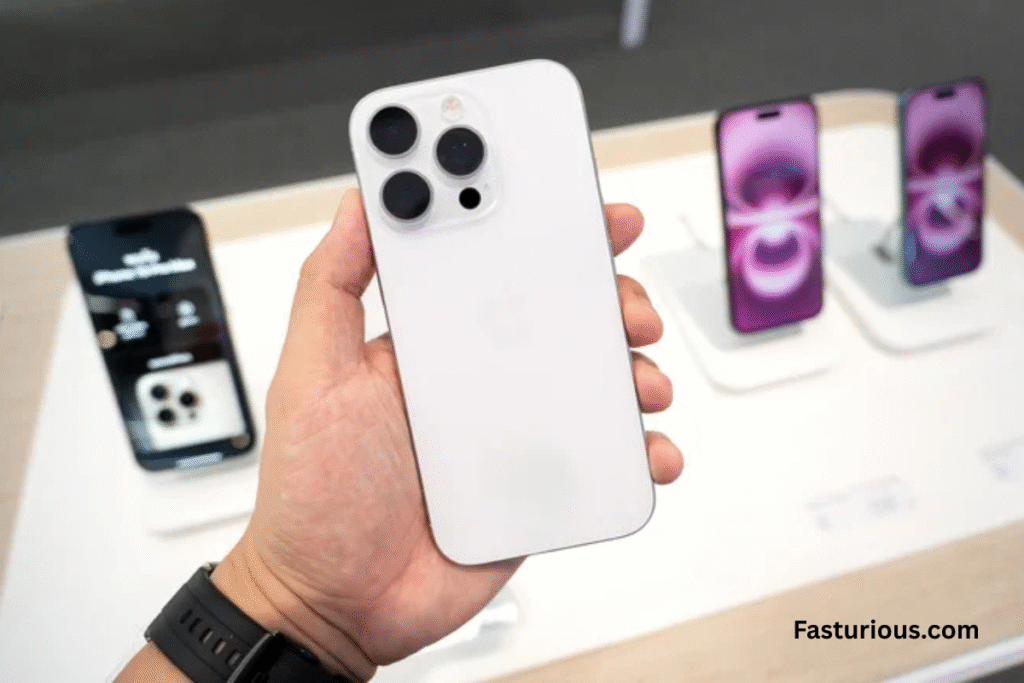
Best For: Users looking for a seamless ecosystem and long-term support.
Limitation: Limited budget options; slower adoption of cutting-edge AI features; base models with 60Hz displays.
10. Samsung (Best)
Market share 19.7%.
- From budget to flagship/foldables
- Advanced camera systems (200MP sensor)
- Galaxy S25 Ultra: top camera phone
- Leading global shipper, foldable innovation
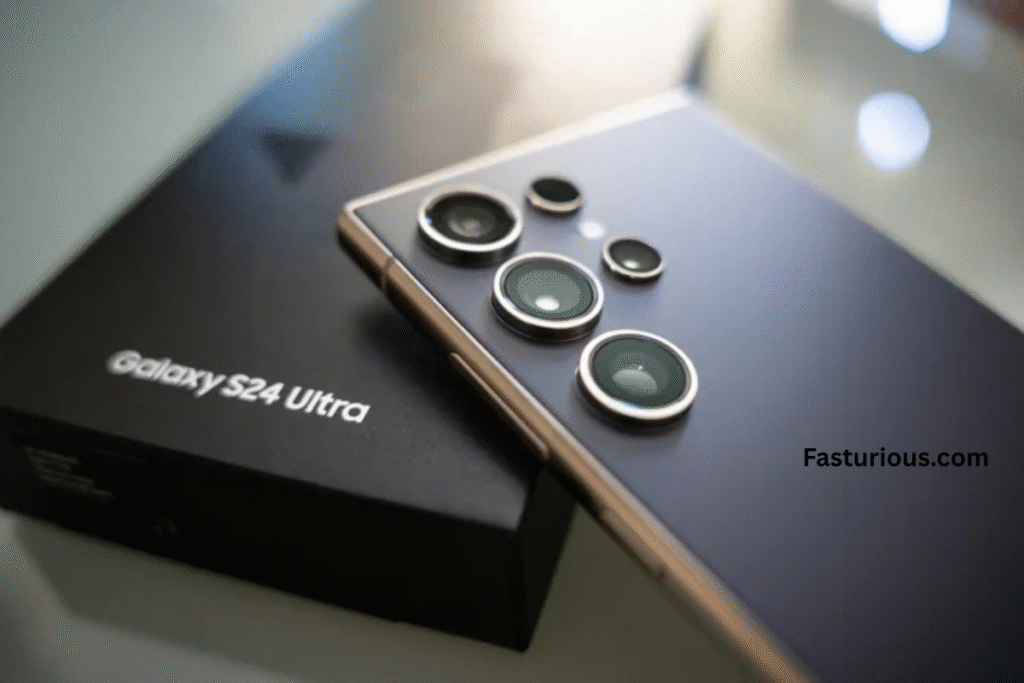
Pro Tip: Best for users who want cutting-edge technology, foldable devices, and top-tier cameras.
Conclusion: Top Mobile phones in 2025 at a Glance
The smartphone market in 2025 offers something for everyone—from budget-conscious buyers to premium enthusiasts. Here’s a summary of the top 10 smartphones, their strengths, and market position:
| Rank | Brand | Market Share | Best For / Highlight | Key Feature / Note |
|---|---|---|---|---|
| 1 | Samsung | 19.7% | Cutting-edge tech, foldables, top-tier cameras | Galaxy S25 Ultra, 200MP camera, foldable innovation |
| 2 | Apple | 15.7% | Seamless ecosystem, long-term support | iOS integration, premium design |
| 3 | Google Pixel | N/A | Pure Android, advanced AI camera | Night Sight, Super Res Zoom |
| 4 | OnePlus | N/A | High-performance devices at competitive prices | Sleek design, premium feel |
| 5 | Sony | N/A | Creative professionals, photography enthusiasts | Advanced camera tech, OIS |
| 6 | ASUS | N/A | Gaming and high-performance users | ROG series, AI features |
| 7 | Xiaomi | 14.4% | Value-first buyers wanting flagship performance | Affordable high-end specs |
| 8 | Vivo | 9.2% | Stylish design, photography | Slim bezels, X/V/Y series |
| 9 | Oppo | 8% | Photography enthusiasts | VOOC Flash Charge, Quad/Penta camera |
| 10 | Realme | N/A | Budget-conscious users seeking flagship performance | GT 7Pro, excellent value |
Final Thought: Whether you prioritize camera quality, gaming performance, or budget-friendly value, 2025 offers a smartphone for every need. Samsung and Apple dominate the premium segment, while brands like Realme, Xiaomi, and Vivo provide exceptional options for value-conscious buyers.
✨ The Bottom Line
these mobiles show us that the future of art is not just smart — it’s fun, viral, and limitless.
Explore More Mobile phones Trends on Fasturious